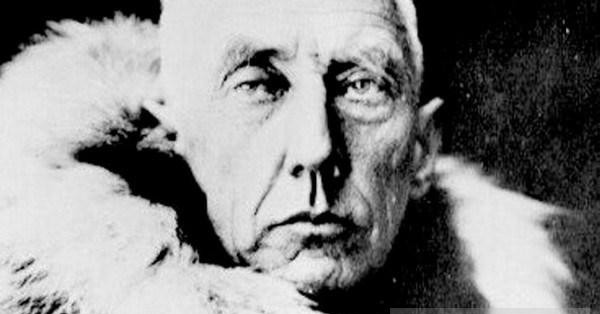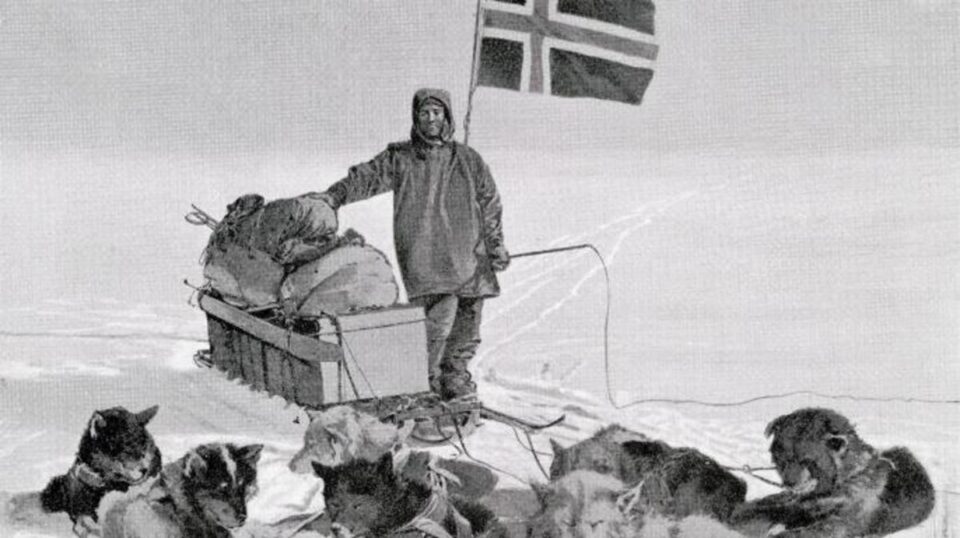On December 14, 1911, the Norwegian expedition led by Roald Amundsen overcame the cold frosty fog and cold wind and planted the Norwegian flag in the Antarctic lands.
The first person in the world to set foot in Antarctica
In 1903, Amundsen led an expedition with six others aboard the Gjoa, which for the first time successfully crossed the Northwest Passage between the Atlantic and the Pacific, which is the passage through which explorers of the Columbus’ day, John Cabot and Henry Hudson tried and failed. They traveled through Baffin Bay, Lancaster and Peel Strait, as well as James Ross and Rae Strait, to study the soil and ice of Gjoa Haven, Nunavut, Canada for two consecutive winters.

During this time, Amundsen learned from the Netsilik the polar survival skills he needed, such as how to use a sled dog and how to dress. Continuing south on Victoria Island, the ship crossed the Arctic Archipelago on August 17, 1905, but had to freeze before reaching Nome on the Pacific coast of Alaska. Five hundred kilometers away is the town of Eagle, Alaska. Amundsen went there to send a message on December 5, 1905. Then he continued to visit Nome in 1906. As it was a shallow water port, many large ships could not use this route.
After crossing the Northwest Passage, Amundsen planned to head to the North Pole and explore the Arctic Gulf. In 1909, after learning that Frederick Cook and Robert Peary were the first to conquer the North Pole respectively, he changed his plans. Using the Fram (“Forward” in English), previously used by Fridtjof Nansen, Amundsen sailed to Antarctica in 1910. In his book, The South Pole, he needed to conquer Antarctica to finance the voyage to the Arctic that ‘he had expected. In preparation for this trip, Amundsen carefully studied the previous documents and records from previous expeditions. At the same time, he summed up his own experiences and combined with the materials to create a thoughtful plan for the trip.
Amundsen didn’t tell anyone about the change of plans except for his brother, Leon and Thorvald Nilsen, commander of the Fram. Amundsen was concerned that Nansen would refuse to let him use the ship, but in fact, after learning this, Nansen absolutely supported him. At the same time, he also didn’t want Robert Falcon Scott to experience his competition at the Pole. But later, Scott claimed that Amundsen’s presence did not affect his own plans. The original plan was to send the ship past Horn to reach the Bering Strait. Amundsen waited until Fram arrived in Madeira to announce the change of plans to the crew. Contrary to his fear, they all agreed to move on. Leon announced it to the public on October 2. While in Madeira, Amundsen sent a telegram to Scott informing him of the change of destination: “PLEASE SAY FRAM IS ARRIVING – – AMUNDSEN”.
Roald Amundsen and his team arrived in Antarctica on December 14, 1911. Amundsen named his camp Framheim and the entire plateau surrounding the pole was King Haakon VII Vidde in honor of King Haakon VII of Norway. They were just one step earlier than a group of five, led by British scout Robert Falken Scott, becoming the first person in the world to reach Antarctica.


